We can group materials into insoluble and soluble. Soluble materials dissolve in liquids whereas insoluble materials don’t dissolve in liquids. However, sometime we have to separate insoluble materials from some mixtures.
For example, separating tea leaves from a mixture of tea or separating boiled noodles from water.
This lesson teaches you how to separate such insoluble materials from different mixtures.
How can we separate insoluble materials?
By sieving or filtering
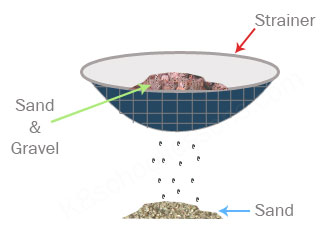 Separating sand and gravel by sieving | | 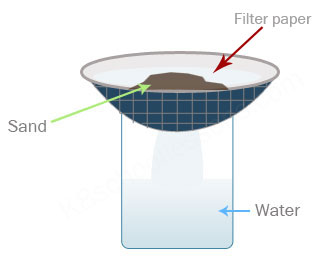 Filtering sand from water |
What are the events that we need to strain or filter in our day today life?
- To strain rice or noodles to separate it from the water
- To filter a mixture of coffee made using ground coffee beans
- To filter a mixture of tea made using tea leaves
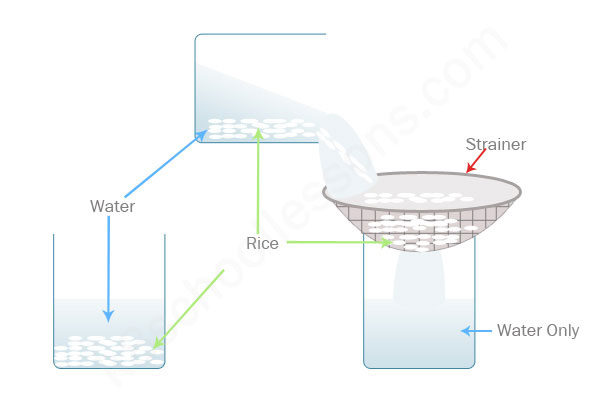
Straining rice to separate from water
How can you filter a mixture of coffee made using ground coffee beans?
- Put the ground coffee into a filter paper in a special holder.
- Now pour hot water over the coffee.
- The filter paper will allow the water and coffee solution to pass through into the cup, while the none dissolve coffee grounds are left in the filter paper.
Examples of insoluble and soluble materials
Solubility of a substance varies with different solvents.
E.g.
Regiform doesn’t dissolve in water, but it dissolves in petrol very well.
Also, stones don’t dissolve in normal water, but even granite can dissolve very slowly when they expose to acid rains for a long time. That is because water has become acidic.
Following are some of the examples of insoluble and soluble materials in water.
Examples of insoluble materials

Sand is an example of insoluble material
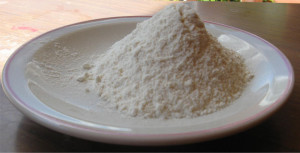
Flour is an example of insoluble material
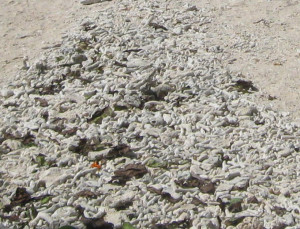
Stones are examples of insoluble materials
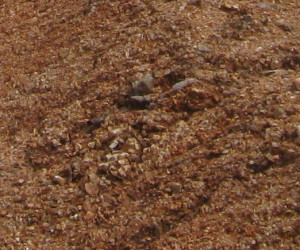
Gravel is an example of insoluble material
Examples of soluble materials
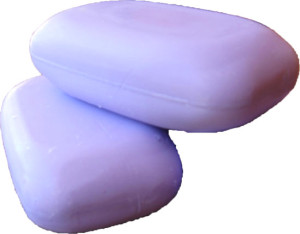
Soap is an example of soluble material
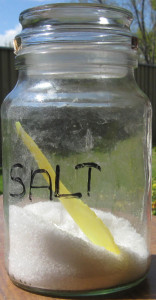
Salt is an example of soluble material

Sugar is an example of soluble material